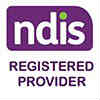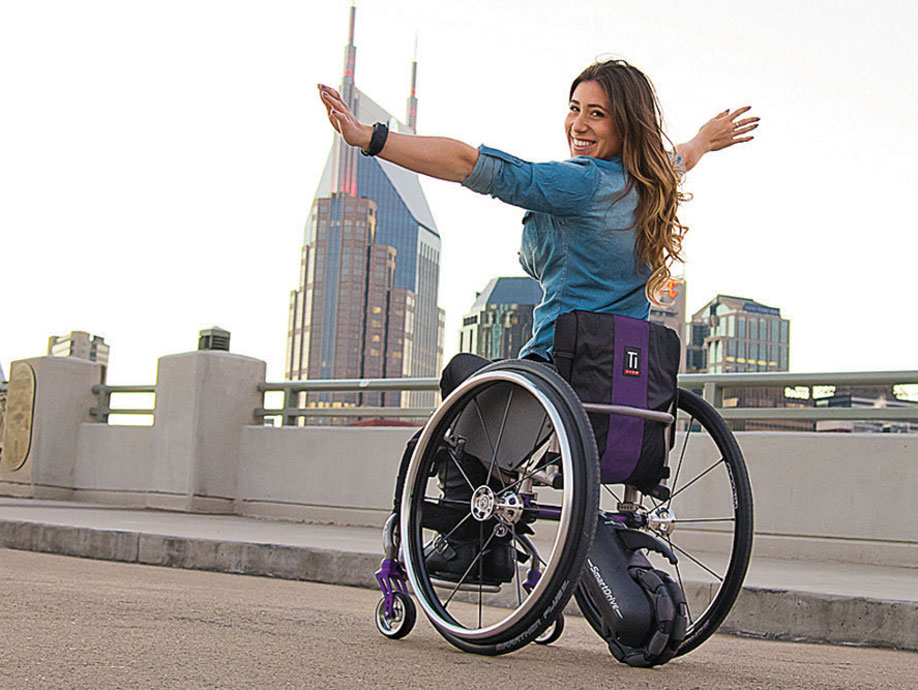Ever struggled to push up a slight slope? Have you sat in your car whilst your kids are at football training? Do you get wrist and shoulder pain from pushing all day? Has your therapist been encouraging you to consider a powered wheelchair? If you have answered yes to one or all of these questions, then you may need to consider power assist options for your manual wheelchair.
Power Assist is a motorised device that can be attached to your manual wheelchair. Over the last few years we have seen an increase in aftermarket options available in the Australian market. For many who have taken the leap, the power assist device has become part of their everyday routine offering independence through discreet motorised assistance throughout the day.
Power Assist devices can be in the form of an aftermarket attachment (Max Mobility Smart drive), wheelchair power drives (Quickie iXpress, Alber Efix, Merits Power Pack), pushrim activated wheel assembly (Alber Emotion, Ottobock esupport) and Trike options (Firefly and Batec Electric).
The primary purpose of a power assist device is to allow the wheelchair user to propel with less energy expenditure. The repeated strain on upper extremities can lead to chronic pain, soft tissue injury and muscle tears. If strength and fatigue are issues, the ability to extend functional mobility is all empowering.
Additional benefits include:
- Prevention or delay of transitioning into powered mobility – Powered wheelchairs are not easily transported and present logistical and environmental challenges.
- Compatibility with most wheelchair frames; allowing you to keep your purpose-built frame and specialised seating
- Maintaining your existing chair weight with the attachment options as they can be removed when not needed
- Traversing over grass and inclines becomes easier as the motors are designed to push through the terrain
- Increased sitting tolerance due to the dampening of the effects of muscle tone on posture
If you are considering a new wheelchair frame with the view of attaching a power assist device, a number of questions need to be answered including:
- Does the new frame require a “reinforcement package”? Power assist options place a lot more force and velocity on the frame and in particular the castor housing. It is best to discuss with your dealer as different wheelchair brands have their own best practice guidelines for power assist
- What style of chair will best match the power assist option that meets your needs best?
- How much rear wheel axle positioning do you need in your frame and do you need to alter your centre of gravity? As the power assist device engages with the initial push, for some wheelchair users this may require them to move the centre of gravity to a more stable position to maintain their balance and stability in the wheelchair
- How will you store the power assist device, including the practical removal of the device? The weight of devices vary, along with the maintenance and charging procedures
- Will you be using the device on multiple wheelchairs and what additional brackets/attachments do you need? If so, some power assist options are easier to transfer than others
In summary, power assist wheelchair users desire to maintain (and at times regain) their independence with the look and feel of a manual wheelchair. The power assist device offers a helping hand to get through the day. The range has expanded for clients with spinal cord injuries and the best option is the one that meets your mobility and lifestyle needs. Most are compatible with all leading chair manufactures and extensive discussions with your wheelchair supplier will result in you making an informed decision.



